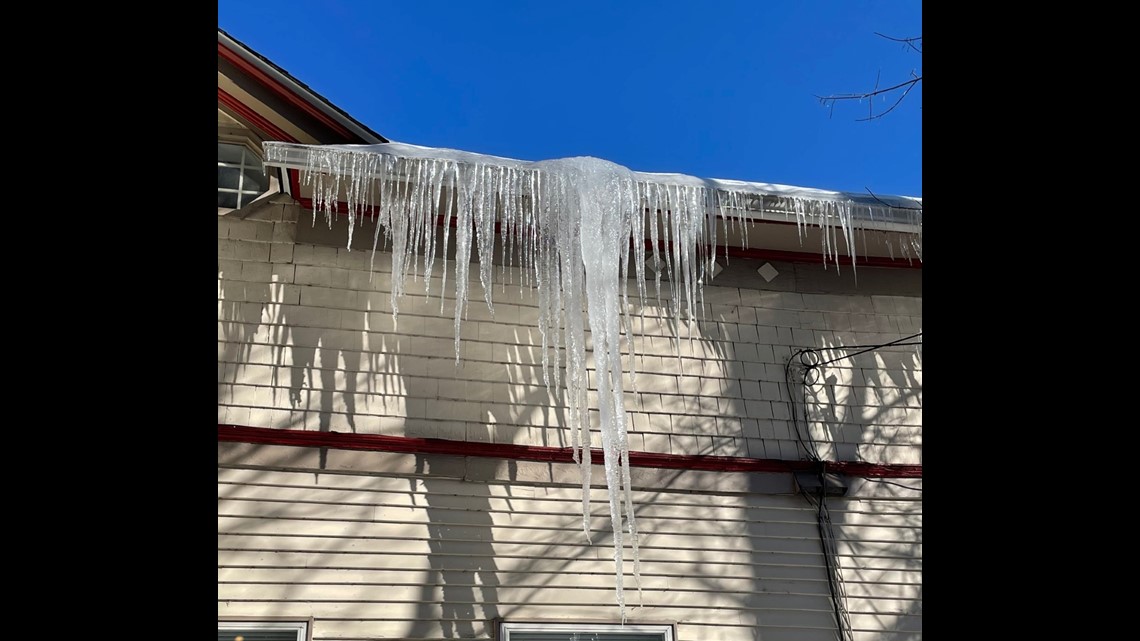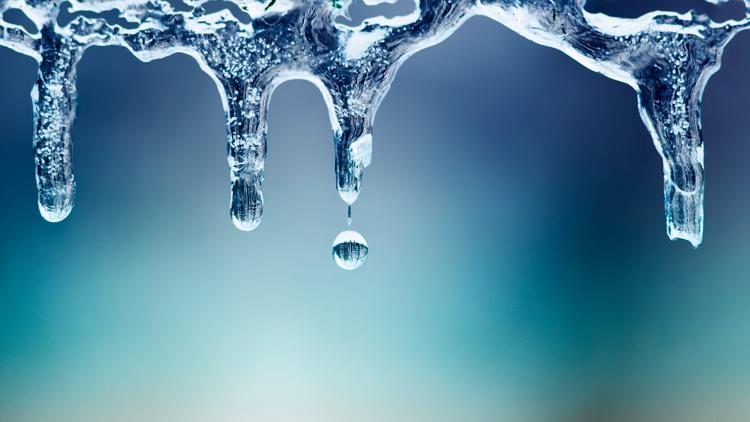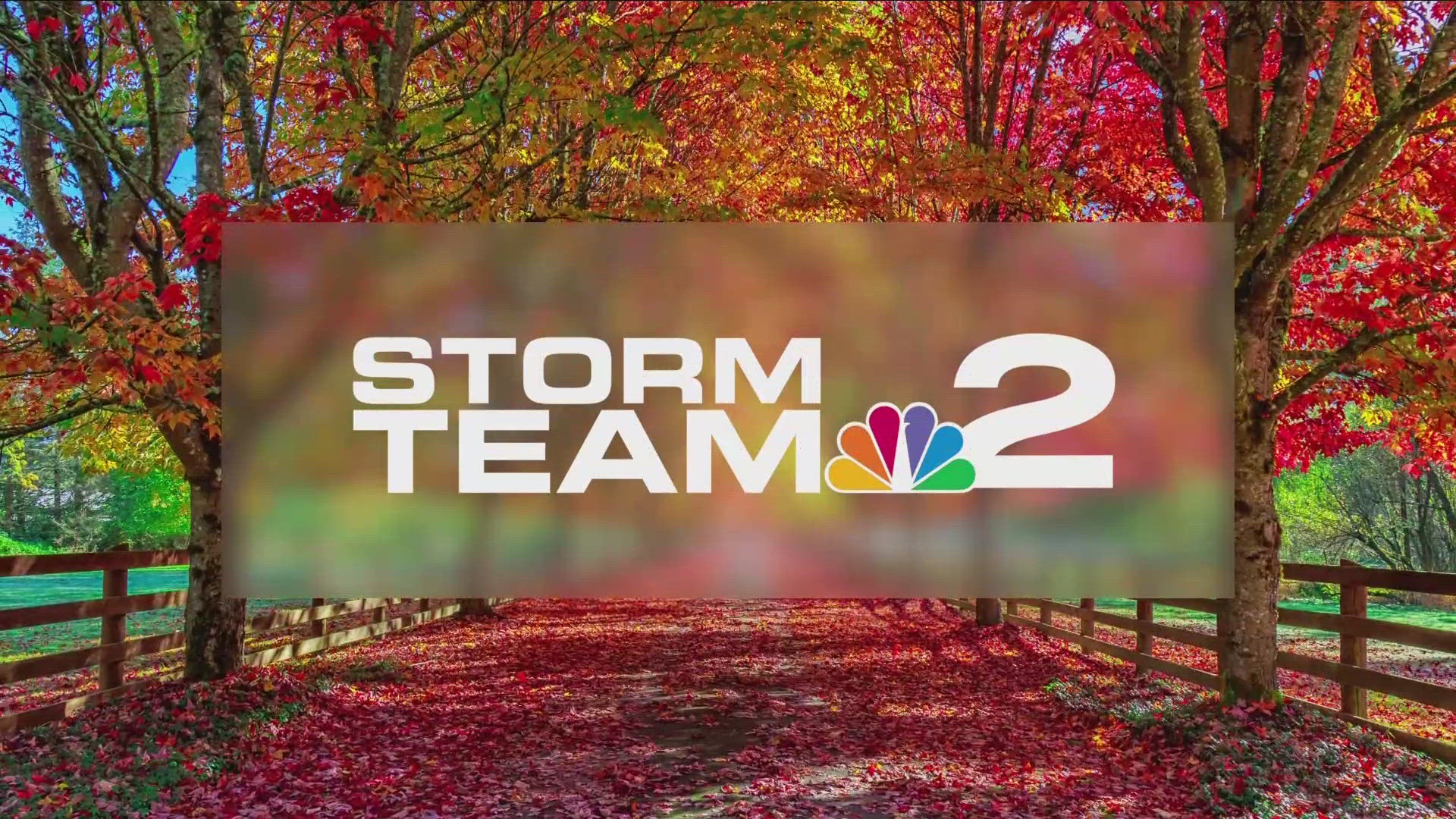BUFFALO, N.Y. — Flooding from melting snow, falling icicles, ice damming and ice jams are few things to watch for heading into the springtime months.
By late February, Western New York had received nearly twice as much snow for the month than the typical monthly average: 27.4 inches of snow vs 15.4 inches. Plus, there was a 16-day stretch where temperatures stayed below freezing, the second longest in Buffalo history/ This allowed for extensive ice formation on Lake Erie and helped create impressive icicles to develop too.
So, with current snowpack on ground, rooftops covered in snow and icicles looming, here's a reminder of a few weather hazards to watch for as temperatures begin to warm.
One of the more immediate threats are icicles. It's best to let icicles melt and fall on their own if they cannot be safely removed as they could be larger and heavier than they appear. When walking around town, make an effort to look ahead to building tops. Make an effort to go around them if there are any icicles on your path. A popular episode of The Discovery Channel's Mythbusters proved the threat icicles can pose, noting a few documented icicle related deaths.


Icicle development is also a sign of a possible ice damming which could lead to interior flooding in a home as the freeze-thaw cycle continues. To prevent this, you'll want to safely remover icicles and corresponding snow or ice on the roof of your home.
As of February 23rd, the recorded snowpack at the Buffalo Airport was 10 inches, and around Western New York... Jamestown has 9 inches on the ground, Batavia has 12 inches, and Colden with 28 inches. It will take several weeks for all this snow to gradually melt, especially with the chance for more snow and days below freezing in the forecast.
And while it's still early in the season for widespread melting, this snowpack will begin to melt any day with sunshine and/or temperatures above freezing. As that happens, melting snow will drain through local watersheds, much will flow out to Lake Erie. The Northeast River Forecast Center Flood Outlooks will help highlight future flood-prone regions.
On a smaller scale, keep an eye on melting snow in your neighborhood and make sure drains are clear of any snow or debris. This step could help prevent neighborhood flooding.
Ice jams could be another concern this spring once larger scale warming occurs through March and April.



